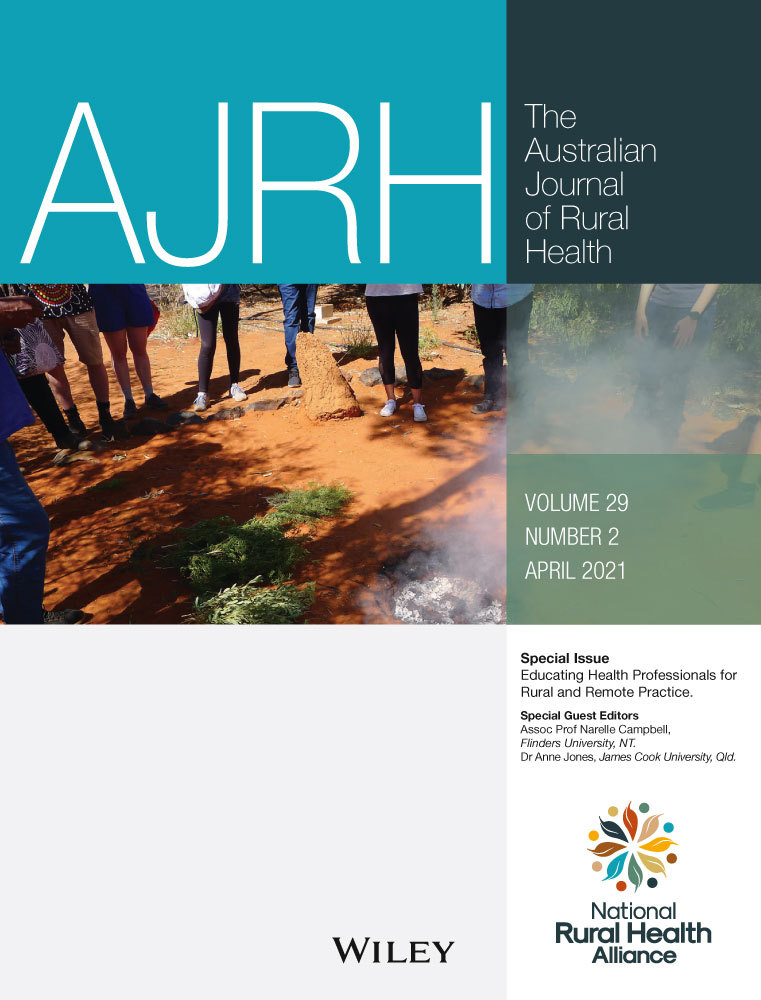Assessing cultural safety in Aboriginal and Torres Strait Islander Health
Abstract
Objective
The aim of this study was to explore how nurses and midwives (trained at Flinders University in Adelaide) from rural, remote and urban locations view the impact of cultural safety training on their practice and the extent to which they incorporated cultural safety principles into their practice.
Design
qualitative research study.
Setting
rural, remote and urban locations across Australia.
Participants
Nurses and midwives who had undertaken cultural safety training at Flinders University as part of their undergraduate degree.
Methods
Participants were recruited for semi-structured interviews. Interviews were recorded and transcribed verbatim. Transcripts were coded independently by members of the research team.
Main outcome measures
The use of cultural safety principles in participants' practice, and the extent to which they were applied, was determined. Barriers and enablers to enacting cultural safety in the workplace were also identified.
Results
10 individuals participated in an interview (7 nurses and 3 midwives). The Modified Monash Model was used to classify participant location with the following observed: MM1, six; MM2, two; MM5, one; MM6, one. 3 participants were from the Northern Territory and 7 from South Australia. Participants were at varying stages in their journey of cultural safety, ranging from early stages to those able to embody the Cultural Safety Principles and negotiate barriers to provide culturally safe care. Educational strategies for participants to progress their cultural safety journey were also identified.
Conclusion
The extent to which cultural safety principles are applied in practice is diverse amongst the nurses and midwives that participated in this study, demonstrating that cultural safety is a journey and ongoing support is needed.
CONFLICT OF INTEREST
The authors declare no conflicts of interest.
DISCLOSURE STATEMENT
This work was funded by a Flinders University Faculty of Health Sciences Seeding Grant in 2014.




